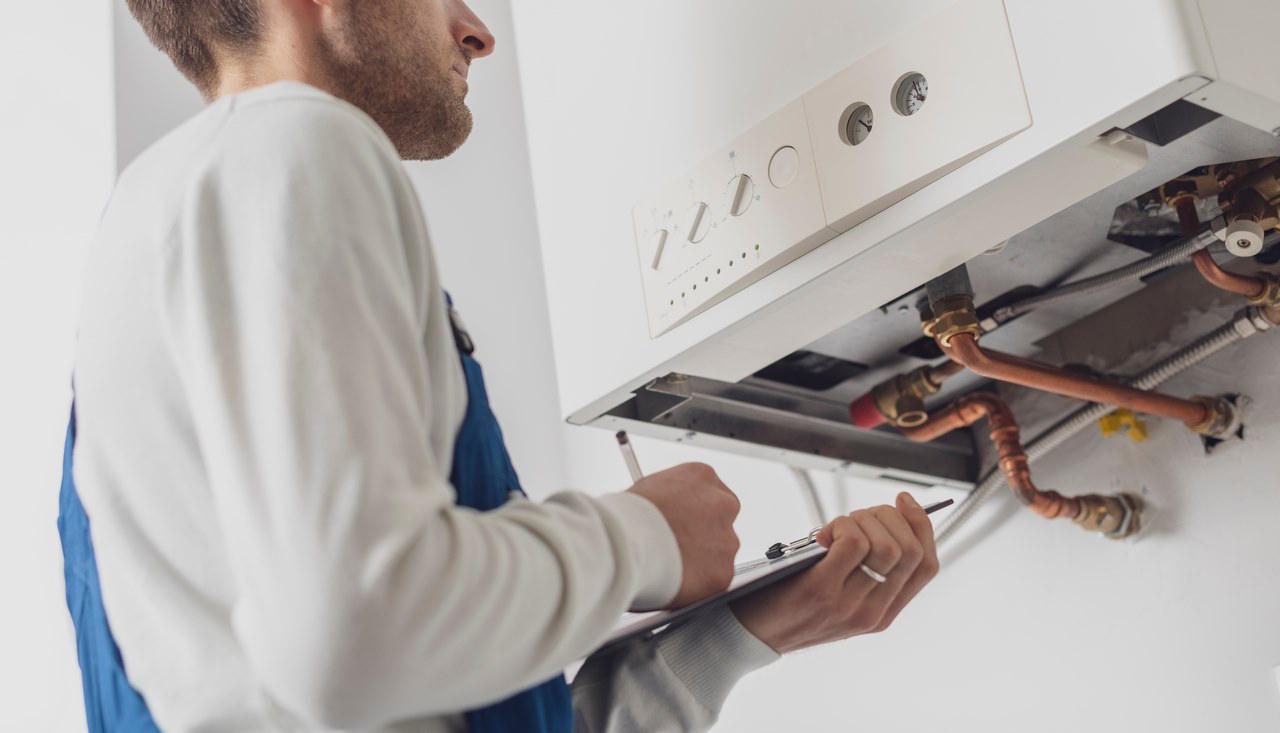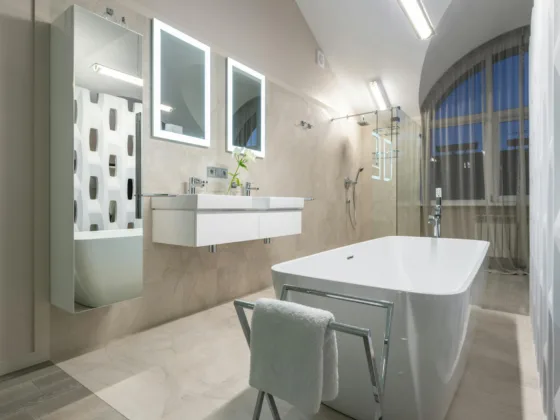Table of Contents Show
Are you wondering whether buying a bathroom fan is worth it or not? There are many fans out there, and if you want to choose the perfect one for your home, it might pay to read our review first.
You’ll want to choose from several bathroom fans, such as ceiling-mounted or wall-mounted fans. The most common variety comes in three sizes: standard, mini, and supermini. Choosing the right size of exhaust fan is the important thing.

Other options include single-speed and variable-speed fans. If you’re looking for something to cool off during hot summer days, a ceiling-mounted model might be better suited since it allows air to flow through the entire room.
A bathroom fan provides both comfort and efficiency. If you are looking for a bathroom fan, consider its features before purchasing it. These include noise level, size, design, number of speeds, etc. Some other things you need to check out include how long the warranty has lasted and where it was manufactured. Here is a list of 5 things to consider when buying a bathroom fan.
How to Choose the Best Bathroom Ventilation Fan?
Bathroom ventilation fans are designed to circulate fresh air throughout the bathroom. They can be installed over the bathtub or shower stall or placed near the sink or toilet. Some models even come equipped with humidifiers so you can control the humidity level in the bathroom. In many large spaces, including hospitals and hotels, a commercial humidifier is installed to manage humidity levels.
Here are five things to know for choosing the best bathroom fan:
1. Bathroom Fan Sizing
The HVI recommends selecting a bathroom fan based on how much airflow it needs to circulate comfortably in your bathroom. Here’s a simple calculation to help determine the appropriate CFM for your bathroom.
To calculate the CFM needed to keep your bathroom comfortable, divide the total square footage by 25. This gives you the number of CFMs required to provide adequate ventilation. For example, if your bathroom measures 8′ x 5′, divide 8′ by 0.25 32.8 CFMs.
Then multiply the total square footage by 25 8 CFMs. To ensure you’re getting enough circulation, add 10% to the calculated CFM. So, if you want 30 CFMs in your bathroom, select a bathroom fan generating 40 CFMs.
Read Also:
2. Bathroom Fan Installation
Most bathroom fans are installed in the ceiling, but some models can also be installed on walls. One advantage of installing a bathroom fan on a wall is it allows the unit to be placed closer to the floor, reducing drafts. Installing a fan in a wall also provides better ventilation because hot air rises and cool air falls.
However, there are drawbacks to installing a bathroom fan on a wall. For example, the fan must be mounted high enough above the floor to allow room for a person to walk under it without hitting his head. Also, the fan must be secured to prevent it from falling off the wall during installation.
You should install your fan to exhaust air outside your home via your ductwork and the nearby soffit, not inside an attic. Installing a bathroom fan in an attic only moves warm, moist air to an area of your home where humidity problems can still occur. If you don’t know how to do this yourself, hire a professional installer.
When choosing a bathroom fan, determine whether you want the unit to sit on the ceiling or wall. Then, select one with the proper size duct adapter (measurements are listed in inches). Next, look for features like adjustable speeds and automatic controls.
3. Features They Provide
Today’s bathroom ventilation fans have a lot of features that help make operation easier and more convenient. Here are some of the most common ones.
Integrated Lighting: Most models feature integrated lights that allow you to replace existing fixtures or add additional lighting. If you don’t want to do either of those things, many models offer an option to install wall sconces or pendants.
Heaters: Fans with built-in heaters help add extra comfort if you live in a colder climate. In warmer climates, fans with heating elements help keep the room cooler.
Humidity + Motion Sensors: Humidifiers and fans with motion detectors help conserve energy. When humidity levels rise, the unit turns on and starts circulating air to dry out the area. When humidity drops, the fan shuts off and stops circulating air.
A humidity sensor monitors your bathroom environment and triggers the fan to start when humidity rises above a specific threshold. Once humidity falls below the set point, the fan shuts down and stops circulating air. This helps to reduce the amount of electricity consumption.
4. Check Out Their Noise Level
Noise levels are measured in decibels. The lower the number, the quieter the fan. Fans typically run between 40 and 60 dB, while some models go up to 70 dB. It’s similar to the sound of a fridge running in a quiet room but quieter.
To get an accurate noise level reading from a fan, always measure at a distance of 1 meter (3 feet) away from the unit itself. If there isn’t one listed, try looking for “quiet.” You might find a fan that runs just 20 dB, similar to what you’d hear in a library.
5. Efficiency of The Bathroom Fan
The efficiency of the bathroom exhaust fan is one of the biggest factors in determining how much power it uses. The average bathroom exhaust fan consumes about 30 watts of electricity per hour.
However, some Energy Star bathroom exhaust fans consume up to 70 watts per hour. If you want an efficient bathroom exhaust fan that produces minimal noise, then the 5-watt model should be perfect.
Final words
In conclusion, if you’re looking to buy a bathroom fan, here are five things to consider before you dive into the purchase process:
- Pick the type of fan you’d like to use.
- Decide between a ceiling-mounted unit or a wall-mounted model.
- You need to think about where you’re going to put it and how much room there is.
- Determine whether you want a traditional model or one with lighting features.
- Choose the size and color of the fan’s blades.









